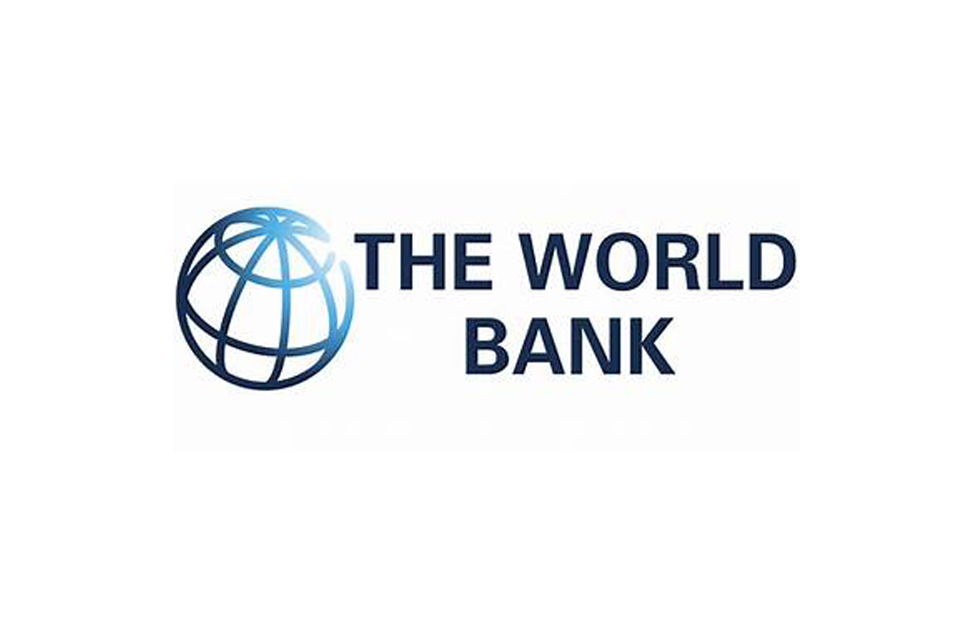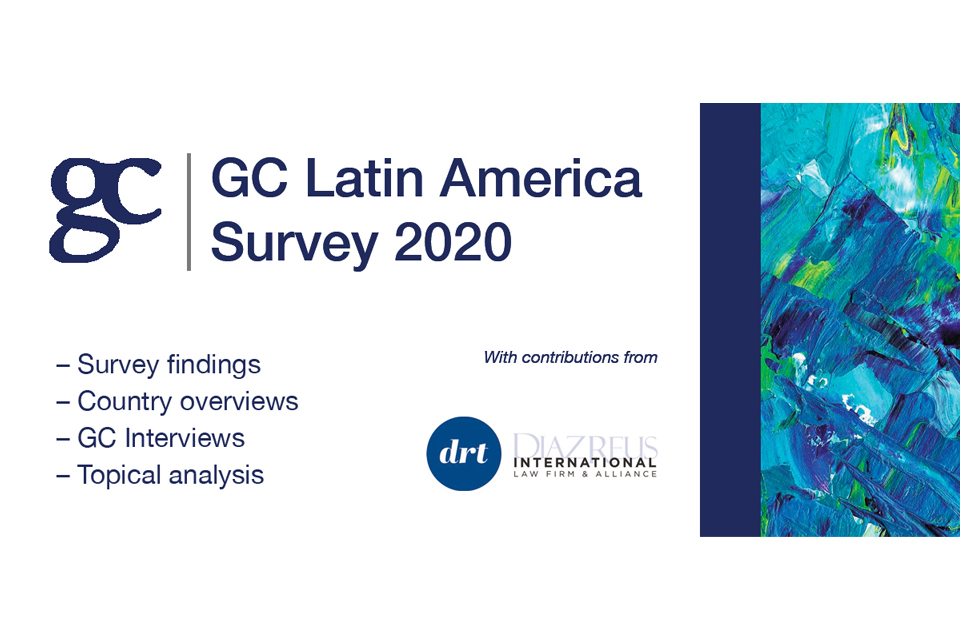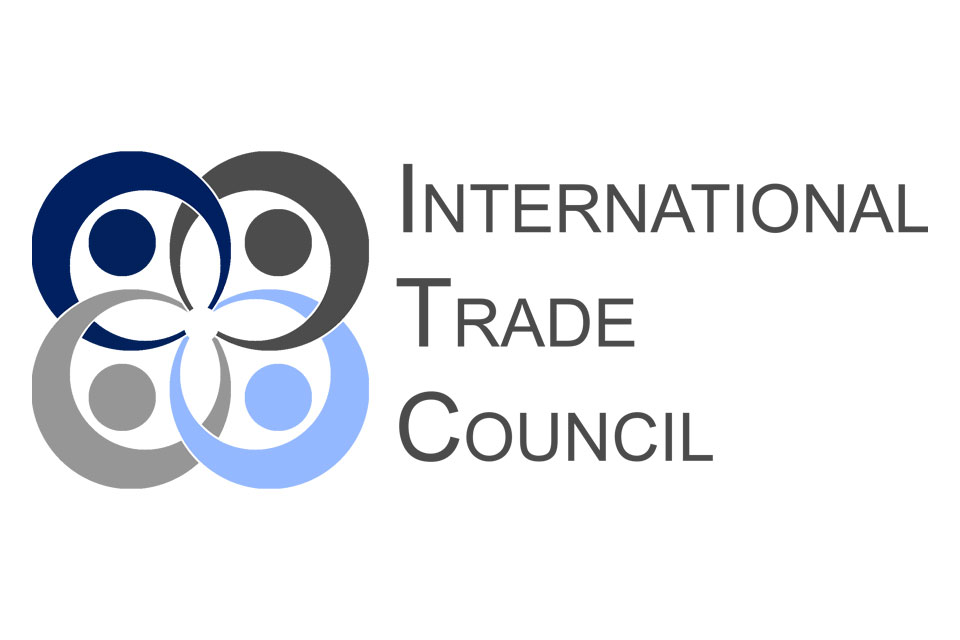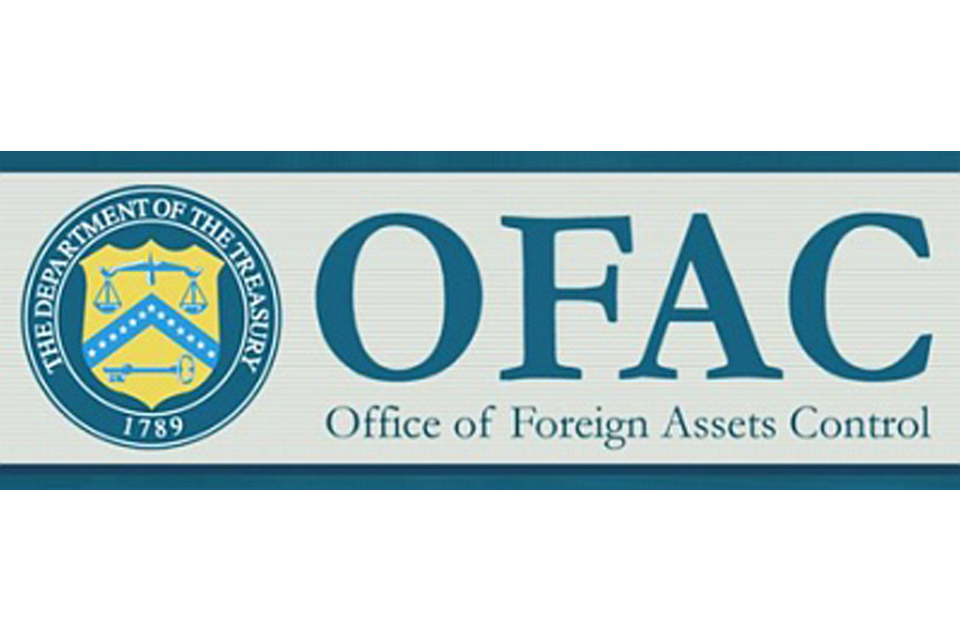China has assumed its place among the major economies of the world. In the quest for continued growth, Chinese enterprises of all sizes and sectors are accessing overseas markets to acquire talent, brands, and technologies. One of the most important reasons for such rapid growth of overseas investment is China’s huge need of raw material and natural resources. As a result, South American countries with affluent natural resources have become the favorite spots for Chinese investors. However, even the most successful Chinese companies can face new challenges and risks when going abroad.
This article provides an overview of the current status of outbound investment by Chinese enterprises and the obstacles and risks that can be encountered in this regard.
Foreign Direct Investment (FDI) in China has long been the greatest contributor to the growth of the nation’s soaring GDP. In fact, China has been constantly generating more than 20% of national tax revenue from FDI annually for the past decade. Recently, however, there has been a noticeable change in the direction of the capital flow. China has become more and more active in encouraging domestic companies to invest overseas. Currently the gross amount of foreign capital invested in China is double that of the amount invested by Chinese companies investing overseas. According to a recent projection made by the Secretary General of Association of Overseas Development and Planning for Chinese Enterprises, that ratio will reach 1:1 by 2015.
One of the most important reasons for such rapid growth of Overseas Direct Investment (ODI) is China’s huge need of raw material and natural resources. As a result, South American countries with a wealth of natural resources have become the prime targets for Chinese investors. For example, in Peru, one third of the mineral sector is in Chinese hands; while in Brazil, China has become its No. 1 investor for 2010. In addition, Chinese companies’ expansion in Brazil has become so aggressive that local Brazilian companies have voiced their frustration and have called for their government to take actions against the acquisitions of Brazilian companies by their Chinese competitors.
Most of these resources-related investment and acquisitions are completed by giant state-owned enterprises, and consequently, the stakes at each transaction usually get well over the billion dollar mark. For other sectors, due to the smaller scale of the investments, most Chinese companies have chosen to utilize their overseas subsidiaries to close the deals, as this makes financing much easier. Successful transactions include the Lenovo acquisition of IBM’s personal computer department several years ago, as well as the most recent successful acquisition of the Volvo brand by Geely, the Chinese auto maker.
On the other hand, as ODI grows, and more and more revenue is generated by those ODIs, China is becoming less and less dependent on the contribution to its foreign reserves by the FDIs. In fact, since most of the money brought by FDIs is export-related, the Chinese government is increasingly apprehensive of the ever-rising trade surplus. Additionally, the Chinese government is also in the process of diversifying its foreign reserves. Therefore, not surprisingly, Beijing has been taking measures to cool down FDIs and has significantly limited the tax incentives and preferential treatments used to be available to all FDIs.
However, not wanting to send out the wrong message saying FDI is no longer needed in China, the Chinese government published several circulars earlier this year. Through these circulars and several other measures, China has made it clear that it still welcomes FDI. Nevertheless, compared to ODIs, it has greatly lowered the priority for FDIs; it now focuses on the quality, instead of the quantity of FDIs. For example, environmentally-friendly projects are more welcomed than ones that may produce pollution; investments in the rural, under-developed western region of China are more welcomed than the ones in the coastal regions; and within the coastal regions, investments in the services industry are more welcomed than those targeting the industrial projects. As the FDI sector of the entire nation is in the process of being upgraded and, in some sense, restructuring itself to better comply with the government-imposed policy guidance, growth in the sector is inevitably slowing down, and may even witness a slight decrease in the near future. Nevertheless, the overall investment quality will surely step up as the restructuring phase finishes, better suiting the needs for future growth of China’s soaring economy.
Compared to the waning FDIs, the ODIs are still growing at a full throttle. Experts have projected that the outbound capital investment will in five years outnumber the inbound capital flow. Although such change will eventually be accepted by people around the world, it will be interesting to see how economic gurus in the United States, European Union, and Japan would react in the next few years. It will also be interesting to see how other countries will act to respond to its citizens’ concerns against Chinese investors. While Chinese companies may face many problems when investing abroad, ODI from China is likely to increase in the coming years.





































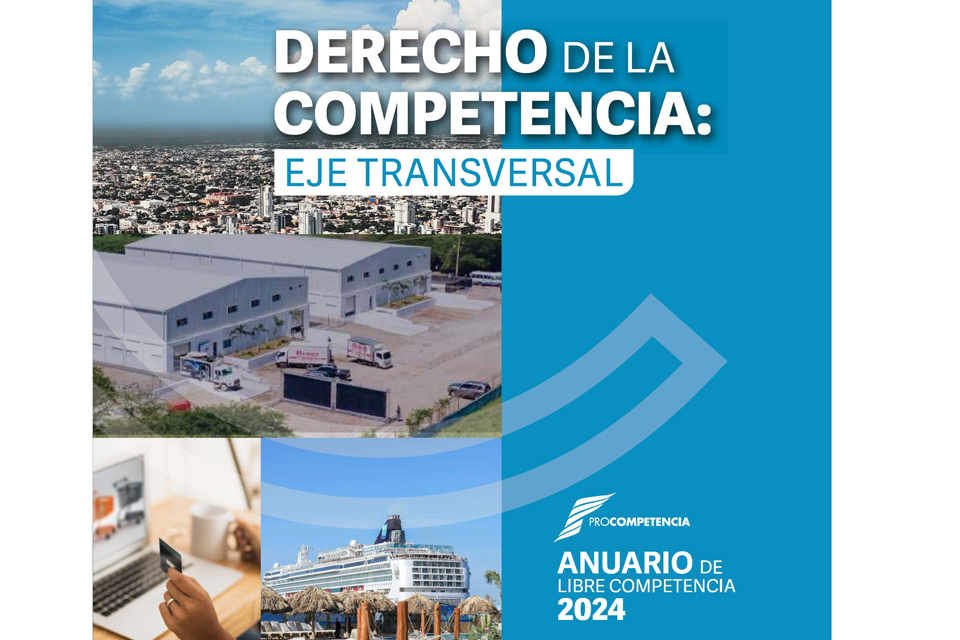






























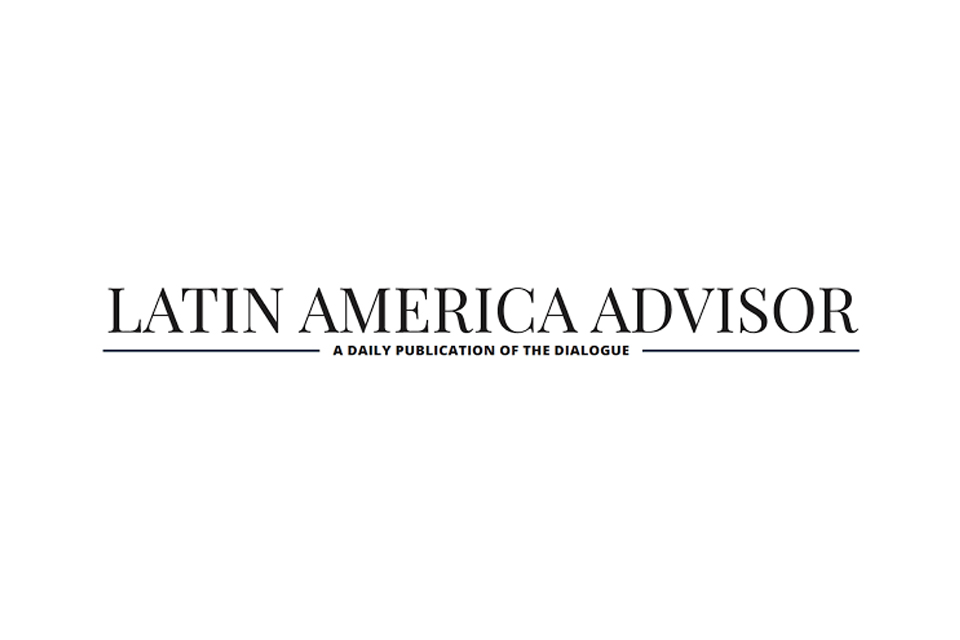












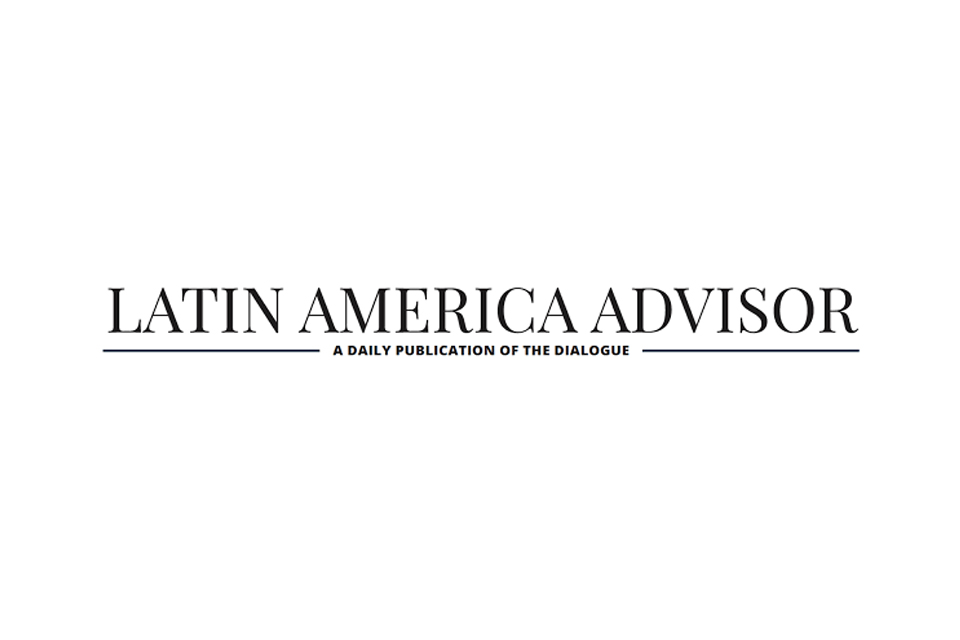
![Especial abogados Salón de la Fama[61] 4](https://diazreus.com/wp-content/uploads/2023/06/Especial-abogados-Salon-de-la-Fama61-4-2-pdf.jpg)

















































